Iron Age Shipwrecks in the Mediterranean Sea
Pabuç Burnu Shipwreck (6th c. BC): Laced Hull & Archaic Greek Shipbuilding
Discovered near Bodrum, the 6th-century BC Pabuç Burnu shipwreck reveals the first evidence of laced Greek hull construction in the Aegean, showing an early transition to tenon joinery. Excavated by INA in 2002-2003.
By Nick Nutter on 2025-10-21 | Last Updated 2025-10-23 | Iron Age Shipwrecks in the Mediterranean Sea
This article has been visited 691 times

Studying the finds from the wreck
Pabuç Burnu shipwreck 6th c BC (Turkey)
The 6th-century BC Pabuç Burnu shipwreck, discovered off the coast of Turkey near Bodrum, offers significant insights into early Archaic Greek shipbuilding techniques. Excavations by the Institute of Nautical Archaeology (INA) in 2002 and 2003 revealed scant but crucial remains of the hull.
The wreck lies off Pabuç Burnu (Shoe Point), a promontory southeast of Bodrum (ancient Halikarnassos) on the Aegean coast of Turkey.
The ship is dated to the first half, likely the second quarter, of the 6th century BC (around 570-560 BC).
Do you enjoy my articles? For your reading pleasure, this website does not carry third party ads. You could help me write more articles by buying me a cup of coffee.
Discovery and Excavation


The coast at Pabuç Burnu
The site was first reported in 2001 by a local dive operator to George Bass, who was leading an Institute of Nautical Archaeology (INA) survey of the Turkish coast. The initial assessment dive took place on October 9, 2001.
The main excavation, led by INA (Institute of Nautical Archaeology) archaeologists like George Bass, Elizabeth S. Greene, and Mark Polzer, took place in the summers of 2002 and 2003.
The scant hull remains provided the first archaeological evidence for laced shipbuilding in the Aegean. The planks were laced together with ligatures. Significantly, the construction also included the use of tenons as coaks (edge inserts), which is seen as an early transitional stage paving the way for the later, more common mortise-and-tenon joinery of classical shipbuilding.
Construction Details
Edge-joined planks: The hull planks were placed edge-to-edge and held together by coaks inserted between the strakes. Notably, the Pabuç Burnu ship used tenons as coaks, the earliest known instance of tenon usage in Greek shipbuilding. Other contemporary shipwrecks from the Western Mediterranean used dowels as coaks.
Lacing: Ligatures, made from fibrous plants, were then laced through oblique holes drilled through characteristic tetrahedral notches along the edges of the planks.
Pegging: After lacing, alder pegs were hammered into the holes to secure the ligatures and create a watertight seal.
Framing: The ship had widely spaced, manufactured frames. These frames had trapezoidal sections and were notched over the planking seams on their underside. The frames were then lashed to the hull. Top-timbers with rectangular sections were inserted along the upper sides of the hull and were attached to the planking by both lashing and treenails (wooden dowels).
Repair evidence: Two repair planks found on the hull were attached using a combination of lacing and dowels/coaks inserted through diagonal holes, indicating repair techniques of the time.
Significance: The employment of tenons as coaks marks an early step towards the later widespread adoption of mortise-and-tenon joinery. The presence of both lacing and early forms of tenon joinery suggests that the mortise-and-tenon technique might have developed within the Greek tradition of laced construction, rather than being solely adopted from Phoenician or other shipbuilding practices.
Cargo and Findings


Amphorae from the Pabuç Burnu
The preserved ceramic cargo suggests the ship was carrying agricultural products, primarily contained in amphoras of a type thought to originate from the area around Halikarnassos (the Ionian region of East Greece, perhaps Samos, Ephesus, or Miletus). The load was relatively modest, estimated at well under 10 tons. The findings suggest a practice of local transport rather than large-scale, long-distance luxury trade.
References
The main archaeological work was conducted by the Institute of Nautical Archaeology (INA) at Texas A&M University.
Greene, Elizabeth S., Mark L. Lawall, and Mark E. Polzer. "Inconspicuous Consumption: The Sixth-Century B.C.E. Shipwreck at Pabuç Burnu, Turkey." American Journal of Archaeology (2008).
Polzer, Mark E. "An Archaic Laced Hull in the Aegean: The 2003 Excavation and Study of the Pabuç Burnu Ship Remains" and "The VIth-Century B.C. Shipwreck at Pabuç Burnu, Turkey. Evidence for Transition from Lacing to Mortise-and-Tenon Joinery in Later Archaic Greek Shipbuilding."
Do you enjoy my articles? For your reading pleasure, this website does not carry third party ads. You could help me write more articles by buying me a cup of coffee.
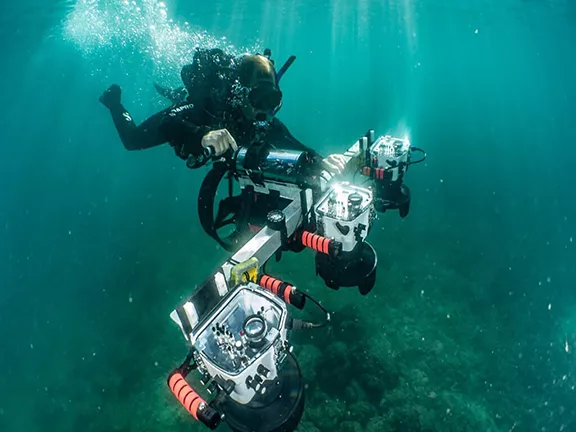 1: Dor's Iron Age wrecks 11th-6th centures BC
1: Dor's Iron Age wrecks 11th-6th centures BC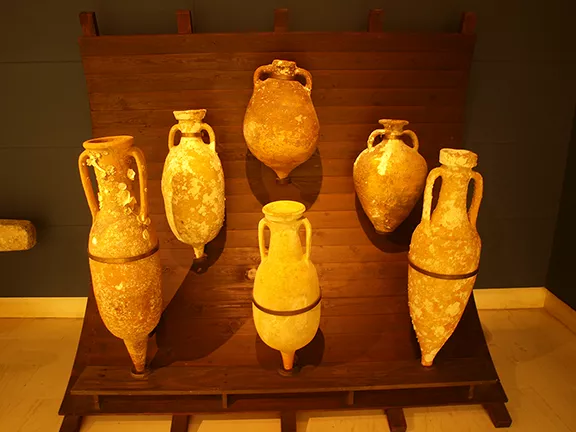 2: Carmel Atlit shipwreck c 800 - 750 BC
2: Carmel Atlit shipwreck c 800 - 750 BC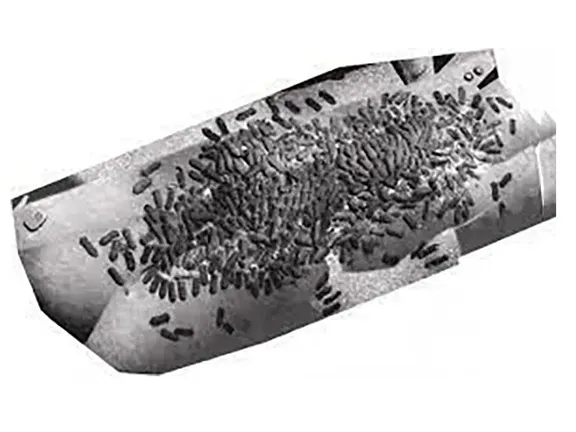 3: Tanit and Elissa c 750 BC
3: Tanit and Elissa c 750 BC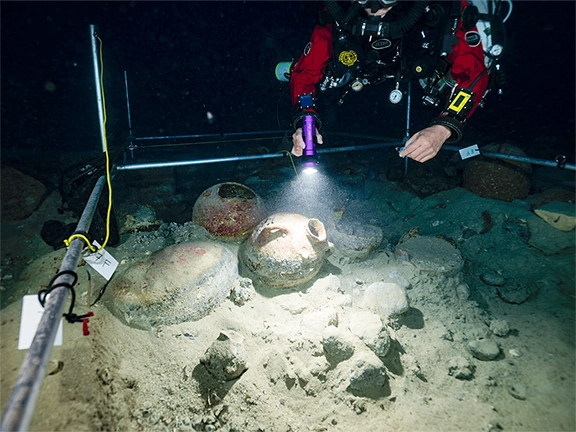 4: Xlendi Bay shipwreck off Gozo c 700 BC
4: Xlendi Bay shipwreck off Gozo c 700 BC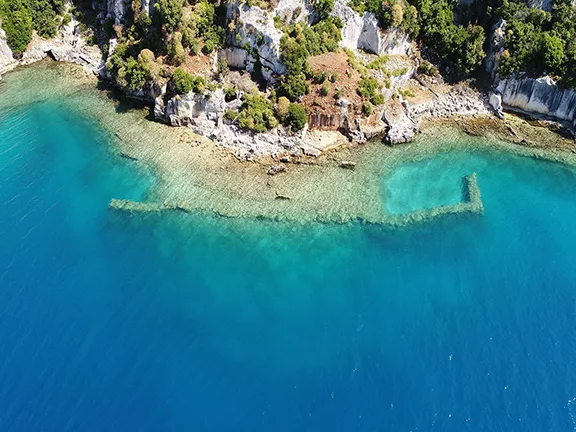 5: The Kekova Adası shipwreck c 650 BC
5: The Kekova Adası shipwreck c 650 BC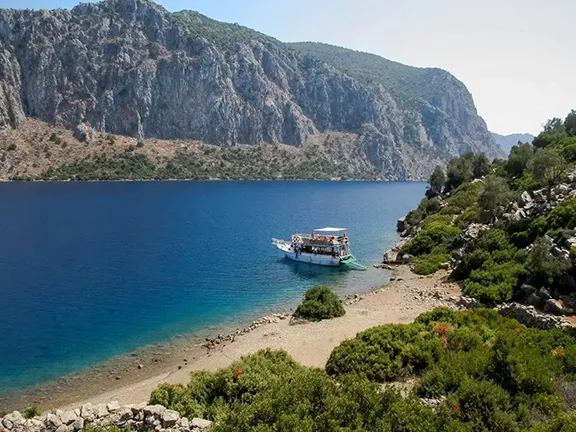 6: Kepçe Burnu Shipwreck 650 – 600 BC
6: Kepçe Burnu Shipwreck 650 – 600 BC 7: Çaycağız Koyu Shipwreck c 600 BC
7: Çaycağız Koyu Shipwreck c 600 BC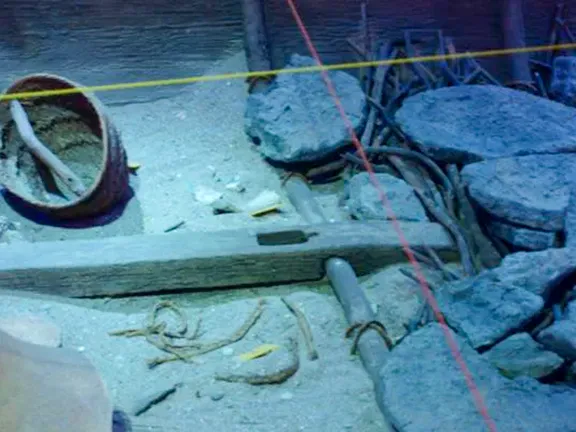 8: Mazarron II 625 - 570 BC Phoenician period
8: Mazarron II 625 - 570 BC Phoenician period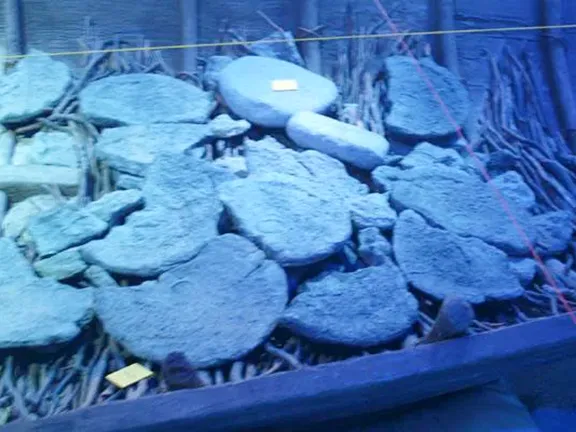 9: Mazarron I c 600 BC Phoenician period
9: Mazarron I c 600 BC Phoenician period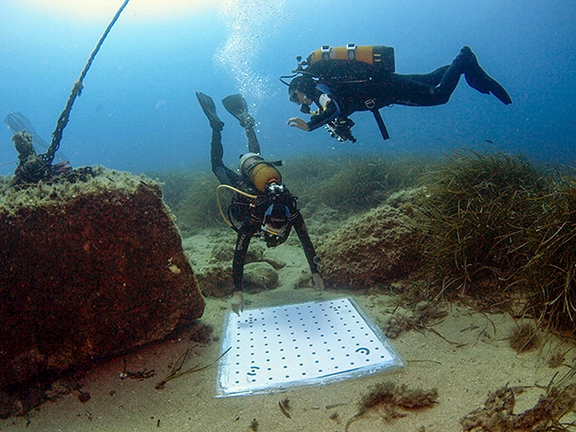 10: The Bajo de la Campana c 600 BC
10: The Bajo de la Campana c 600 BC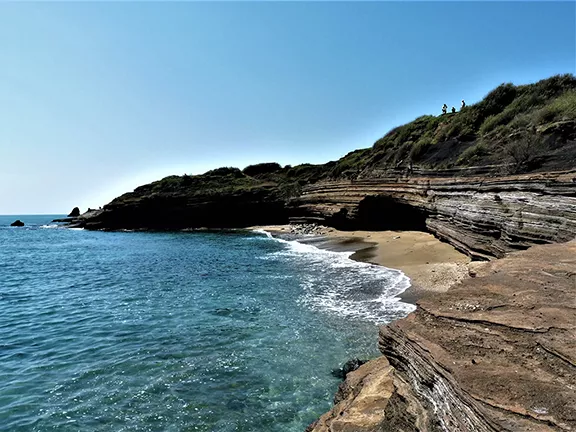 11: The Rochelongue underwater site c 600 BC
11: The Rochelongue underwater site c 600 BC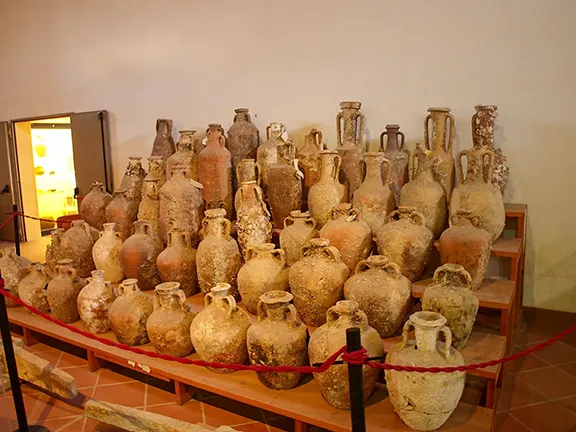 12: Giglio Etruscan shipwreck c 580 BC
12: Giglio Etruscan shipwreck c 580 BC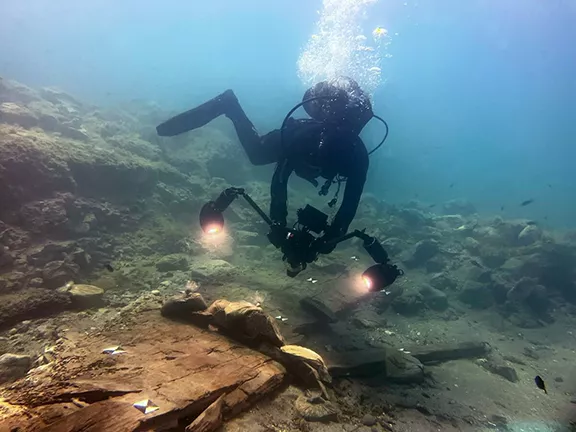 14: Ispica - Greek Shipwreck 600 - 400 BC
14: Ispica - Greek Shipwreck 600 - 400 BC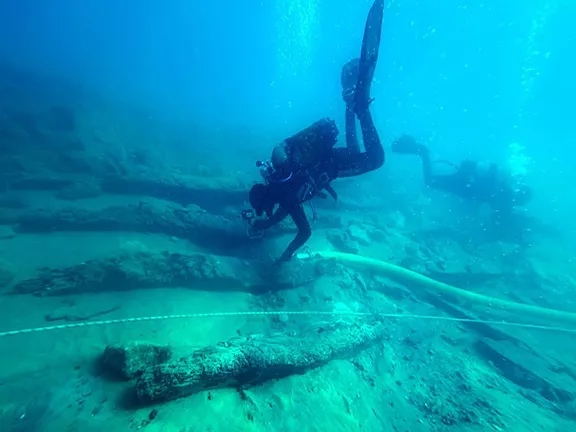 15: Gela I shipwreck 500 - 480 BC
15: Gela I shipwreck 500 - 480 BC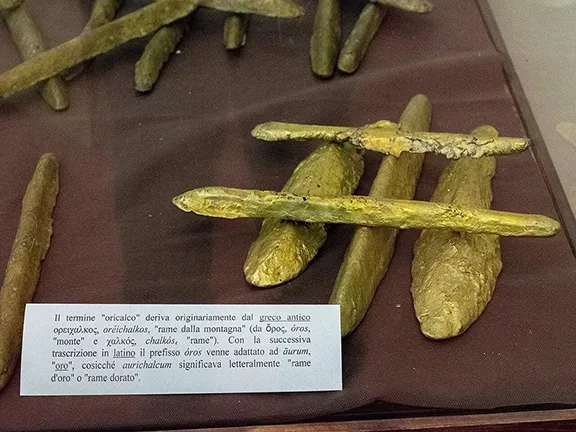 16: Gela 2 shipwreck 490 – 450 BC
16: Gela 2 shipwreck 490 – 450 BC